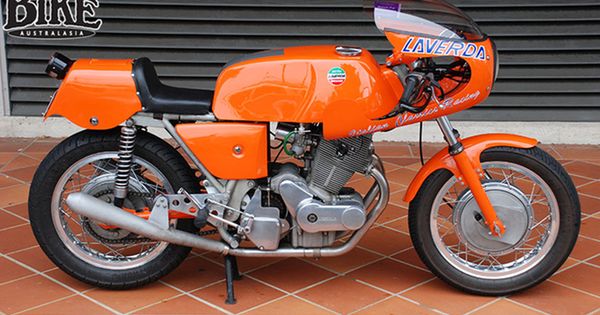- Joined
- Jun 30, 2012
- Messages
- 14,314
It is difficult to get more torque by adjusting cam timing to suit the exhaust system. If you get a gain it is probably good luck. Everything acts with everything else. My cam is almost standard and my exhaust is 2 into 1 with a large diameter tail pipe. I advanced the cam 12 degrees, and the ignition advance 4 degrees. Then tuned the motor to suit it using methanol fuel. With methanol fuel, the heat build-up is less. However the paint on my exhaust system is burned-off for a very long way, and the bike is too loud. The bike is fast enough to be competitive against some very fast bikes. But that is because I can get on the gas much earlier in corners. When you come out of corners faster, you are faster for most of the next straight. I have not raced recently, because I have one fear in road racing - that is the likelihood of hitting other bikes, as I reach the end of a corner. When my bike reaches that point, the speed differential is too big. It accelerates hard from the beginning of corners. I did not know my bike could do that until I tried it. It is not something I would normally do.
All that silly stuff about trail and transition point is relevant - it gives a significant advantage. It cannot be done with a peaky motor, and more lean.
All that silly stuff about trail and transition point is relevant - it gives a significant advantage. It cannot be done with a peaky motor, and more lean.
Last edited:

